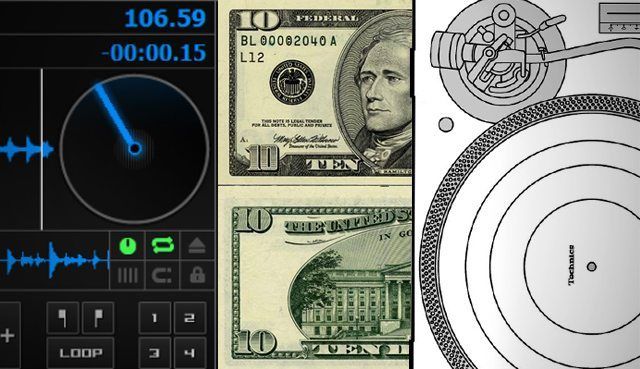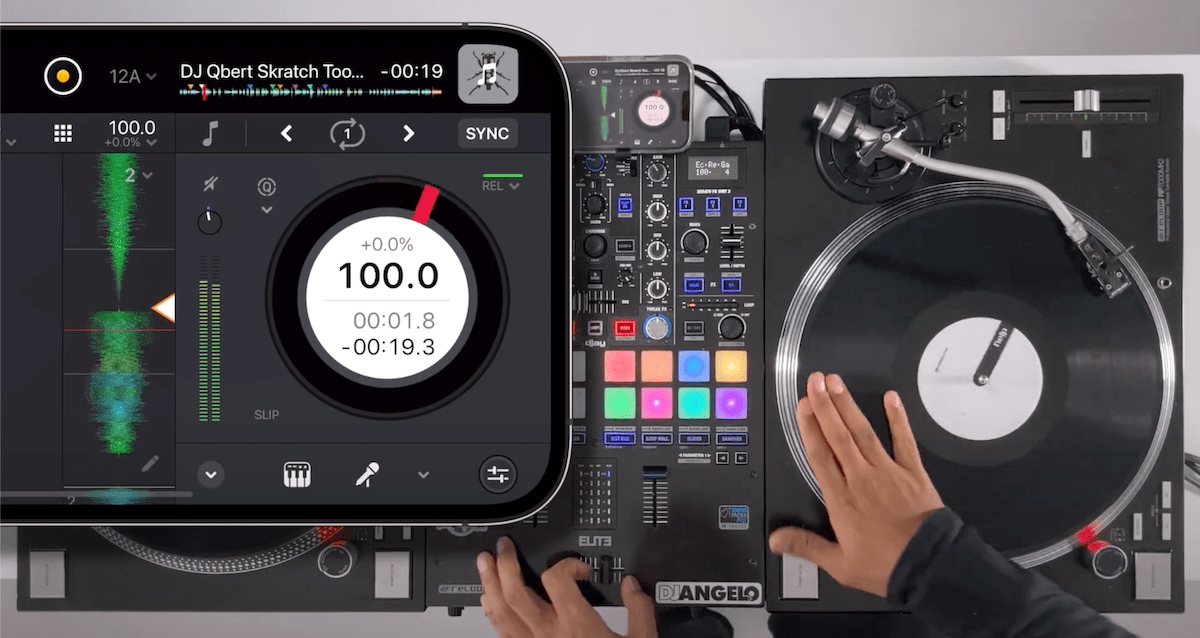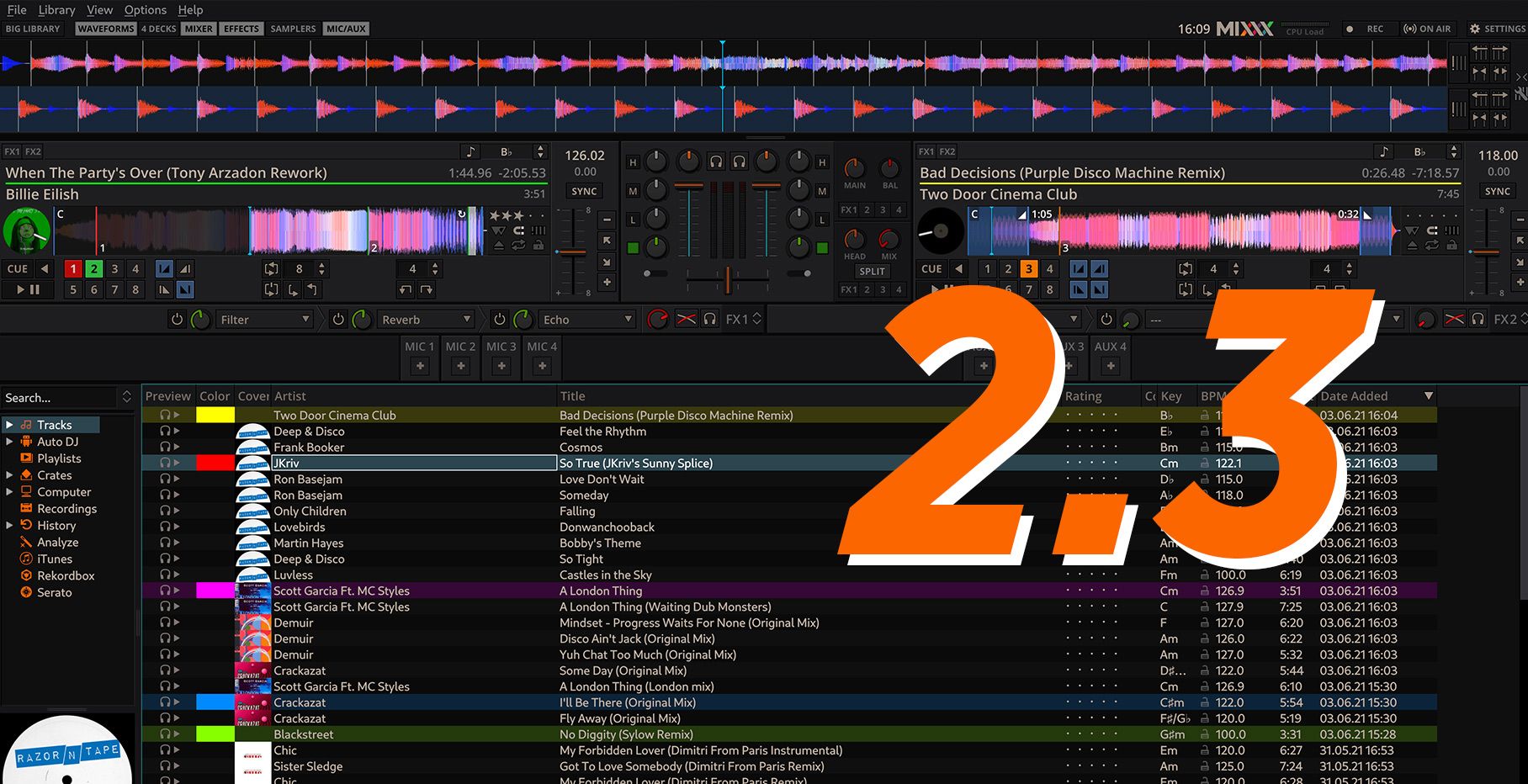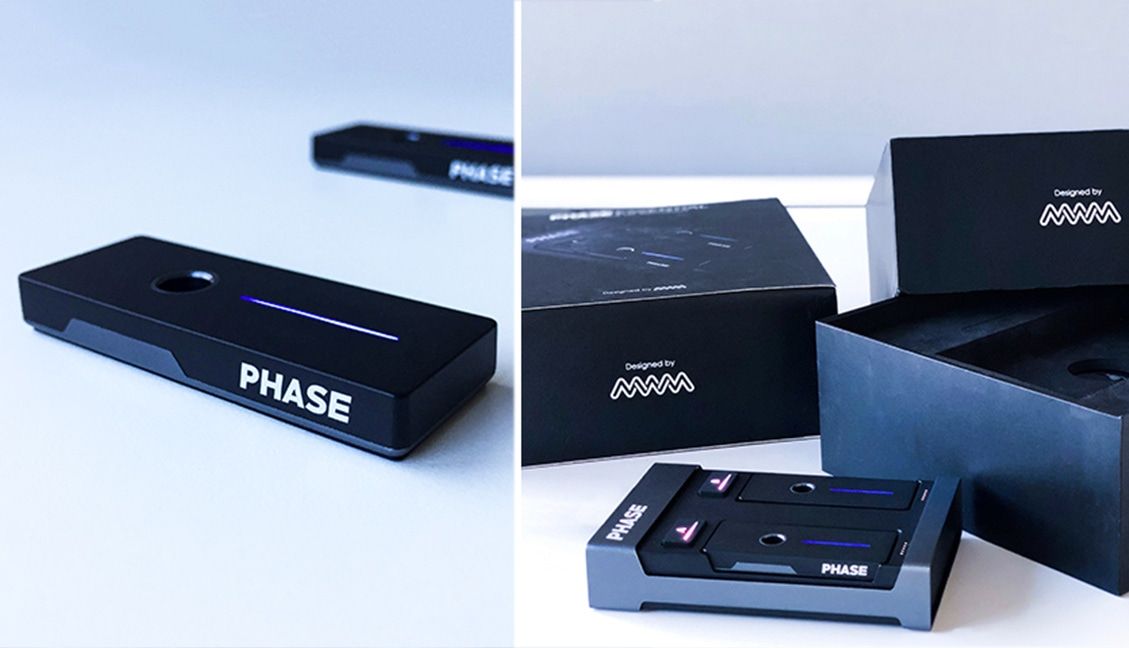Many DJs own turntables or CDJs but don’t have the cash to start building out a full setup for control vinyl right away – so how can you test the waters of a DVS system without breaking the bank? Today we’re sharing a tip from DJTT reader ssamkange on how he built his own DVS setup for less than $7.
Editor’s Note: The process described below is for experimentation and budget setups – don’t expect to plug in at a club or festival with the low-end sound cards discussed in this article and to be impressed with the results.
BUDGET CHALLENGE: HERE’S TWENTY BUCKS

- Mixx DJ Software: free download
- Timecode: free if you’re burning CDs (Serato), vinyl can be as cheap as $10
- Cheap USB Soundcards: $5 – $8 (you’ll need two)
- Y-Cables: $0 – 5
Total: $10 if you’re good, but maxing at around $30 if you go “all out”.
In terms of sound sources, if you don’t already have them, scope your local used gear outlets, Craigslist or the DJTT Buy/Sell forum for two decks (turntables or CDJs) and a mixer. These are not included in the budget challenge. Odds are that if you’re reading this article, access to a computer isn’t an issue, so that’s not in the budget either.
CHEAP SOUNDCARDS

This is the major DJ life hack in this project. Forget everything you’ve ever heard about sound cards – it is possible to get halfway decent audio out of a very low-cost USB soundcards. You also don’t need the most incredible soundcard ever for timecode control. It likely won’t stand up to the test in a club or major festival environment, but to quote ssamkange‘s email:
[the setup] worked PERFECTLY. I did a proper hour with NO HICCUPS. Took it a step further. Did a house party and the whole night used my $7 DVS and it was all good.
Here’s a few rules for choosing a cheap soundcard:
- Make sure the inputs and outputs are both stereo – mono will not work (read customer reviews to find out if it isn’t listed)
- Buy two of the same soundcard – they’ll have consistent clocking, and adjusting the latency settings will have the same result on each one.
- Be ready for them to die. Most of these cheap soundcards have a handful of reviews mentioning an untimely demise. They’re cheaply made.
The three cards that we’ve sourced over on Amazon are the iLuv USB Audio Adapter ($9.99), CommonByte USB Sound Card ($3.49), and Virtual 5.1-surround USB 2.0 External Sound Card ($1.90).
ROUTING THE AUDIO

In order to get these soundcards to work for your two-channel DVS setup, you’ll need to have four Y-Cables (Stereo RCA to 1/8″). This is two for each soundcard – one from the turntable/CDJ to the stereo line input, and one from the stereo output to your mixer.
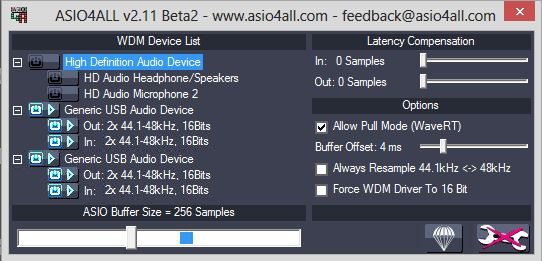
With the software discussed below, you’re able to route input and output audio across multiple soundcards. However, you may need to adjust the latency of the soundcards – and it’s a lot either to do this when they’re grouped together. We recommend combining them in ASIO4ALL (PC) or the built in Audio MIDI Setup utility on Mac OS X and adjusting the latency compensation/ Buffer Offset / Buffer Size until the latency is acceptable. Ssamkange found it worked best when reducing the buffer size to 256 samples and using a 44100k sample rate.
SOFTWARE SELECTION

The last step of getting this budget rig all working is on the software side of things. Serato and Traktor are out right away as they both require proprietary scratch soundcards. Virtual DJ will work fine, but to unlock timecode control will run $299 for the Pro version. This is where the free Mixxx DJ software is the best option. There’s free timecode control that works with Serato, Traktor, or Mixvibes control signals, and the ability to use multiple soundcards within the software’s settings.
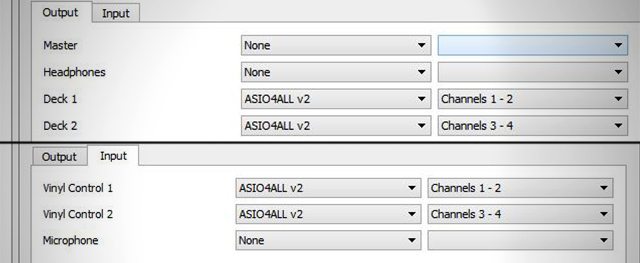
You’ll need to configure the settings to choose the soundcards’ (or combined audio device, if applicable) inputs as the timecode input, and the outputs as the master out (see image above). There’s also a place to adjust what type of time code is being used with the system, and additional latency control within the preferences if you’re still having issues.
Have your own extreme budget DJing solution that you use (or had to use in the past)? Let us know in the comments below how you made it happen without throwing down dough.


